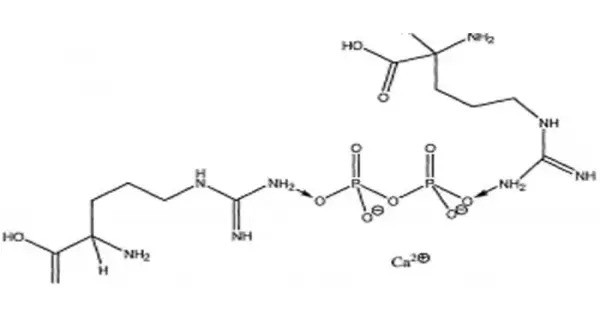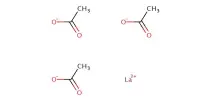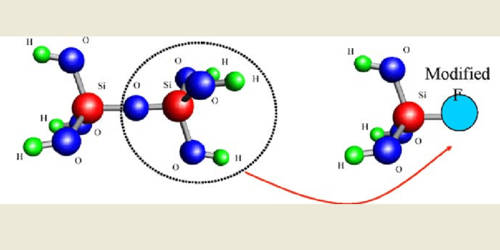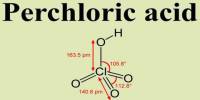Calcium caseinate is one of several milk proteins derived from casein in skim and 1% milk. It is a protein derived from casein, which is the main protein found in milk. It is made by neutralizing casein with calcium hydroxide, resulting in a water-insoluble compound that becomes more stable and digestible. It has a papery, sweet and overall bland flavor, and is primarily used in meal preparation and fat breakdown.
Calcium caseinate contains about 17% glutamic acid. Calcium caseinate is mostly composed of 3.5% moisture, 1.0% fat, 90.9% protein, 0.1% lactose, 4.5% ash, although this may vary slightly by manufacturer. It is semi-soluble in water, contrary to acid casein and rennet casein which are not soluble in water. Sodium caseinate is more water soluble than calcium caseinate, due to its polarity.
Properties
Caseins are found in milk which is held together by colloidal calcium phosphate. Calcium caseinate is generally stable at a pH above 5.7, and appears as a milky liquid. This is unlike ammonium, potassium, and sodium caseinates, which are practically clear. At a neutral or acidic pH, casein is relatively insoluble in water, and is easily separated from other milk proteins, sugars, and minerals.
- Physical Form: White to off-white, odorless powder
- Solubility: Dispersible in water (unlike casein); forms stable colloidal suspensions
- pH Sensitivity: Solubility decreases in acidic conditions (precipitates below pH ~4.6)
- Heat Stability: Relatively heat stable; suitable for pasteurization
- Nutritional Content: High in protein (~90% by weight), contains essential amino acids
- Emulsifying Ability: Good emulsifier – used in processed foods and supplements
- Slow Digestibility: Digested slowly, providing sustained release of amino acids (useful in sports nutrition)
Occurrences
- Food Industry: Used in coffee whiteners, creamers, cheese analogs, whipped toppings, baked goods
- Bodybuilding Supplements: Found in protein powders and bars due to its slow-release profile
- Medical Nutrition: Used in clinical nutrition products for muscle maintenance in elderly or ill
- Dairy Processing: Derived during skim milk processing; often separated and dried
- Baking Industry: Improves texture and water retention in bread and cakes
Natural Occurrence
Calcium caseinate is not naturally present in milk in its final form. Milk contains casein as part of a micellar complex with calcium and phosphate. Calcium caseinate is synthesized during industrial processing by adding calcium to isolated casein.
Uses
- Sports nutrition: Common in protein powders and meal replacements because it digests slowly, providing a sustained release of amino acids.
- Food industry: Used as an emulsifier, thickener, and stabilizer in products like coffee creamers, processed cheeses, and baked goods.
- Medical nutrition: Found in protein supplements for the elderly or malnourished individuals.
Advantages
- Slow-digesting: Ideal for nighttime protein supplementation
- Rich in essential amino acids
- High calcium content
















